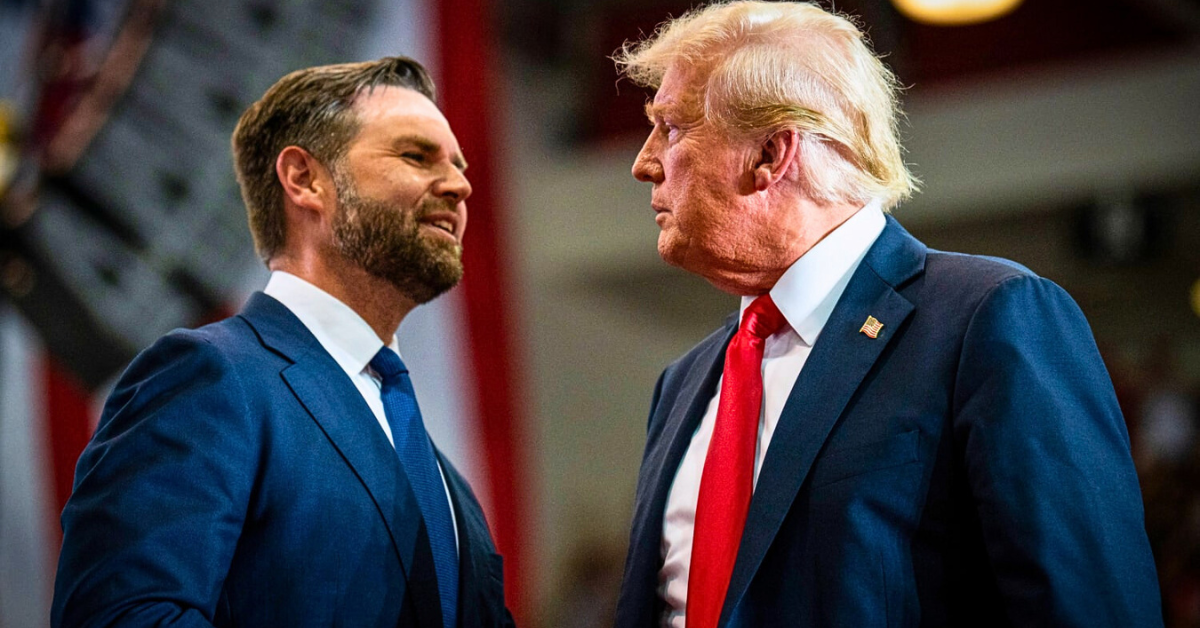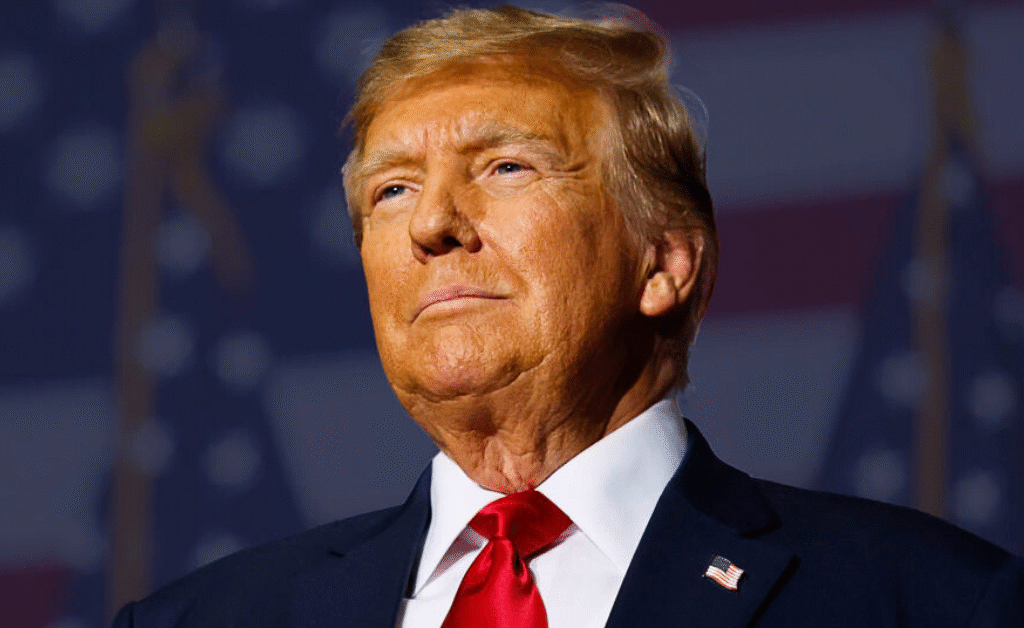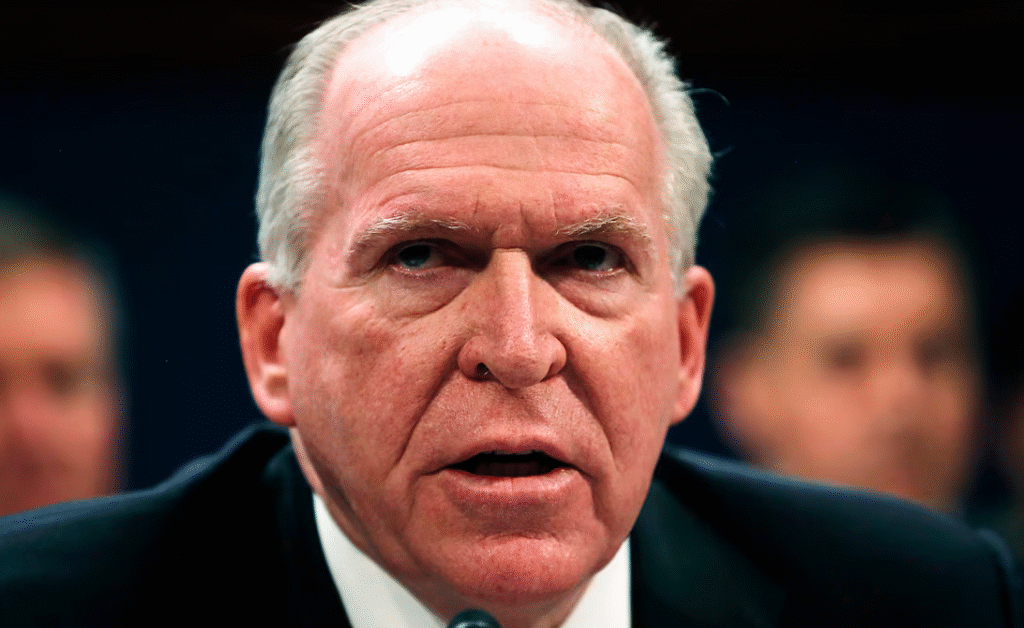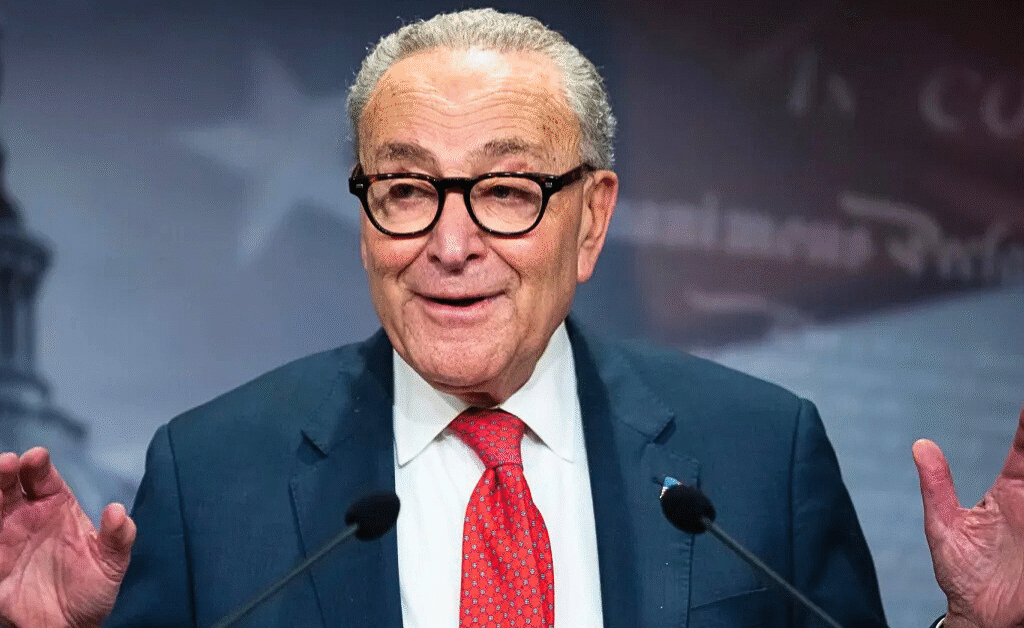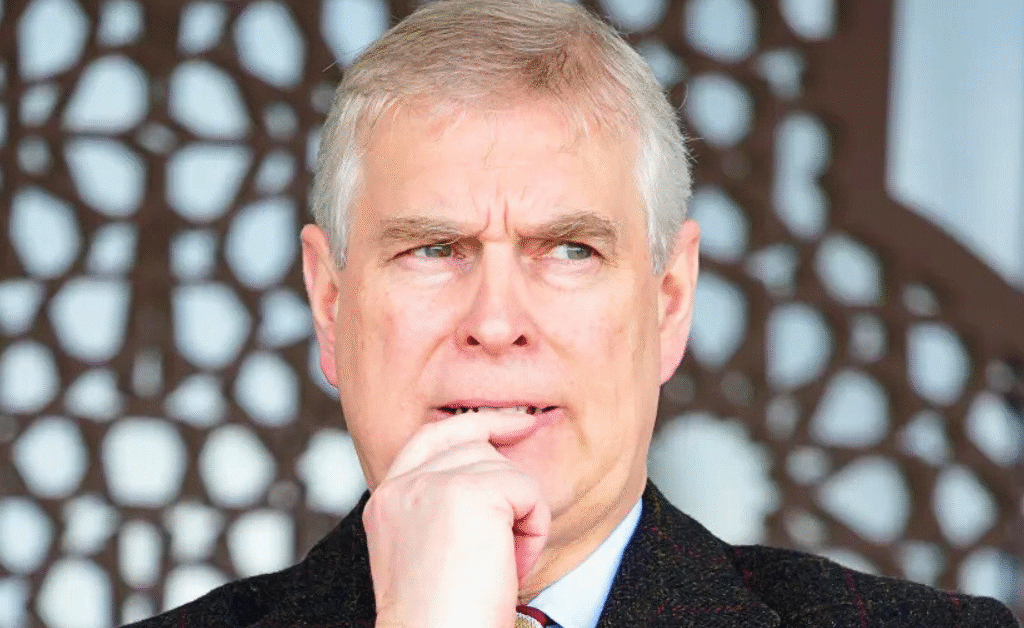- Painful off‑year losses could push Republicans to consolidate around economic messaging and candidate quality to win back low‑propensity voters.
- With Trump’s 2024 influence still strong, the GOP has a chance to bridge moderates and populists for unified midterm strategies.
In the wake of Tuesday’s off-year elections, where Democrats held strong in several key races, Republicans are taking a hard look inward.
While the results weren’t the sweeping victories some in the party hoped for, they could serve as a catalyst for greater cohesion within the GOP ranks.
With President Donald Trump at the helm following his 2024 win, the party has an opportunity to bridge internal divides and focus on shared goals like economic growth and local turnout strategies.
The FrankNez Media Daily Briefing newsletter provides all the news you need to start your day. Sign up here.
This moment, though disappointing in spots, might just push Republicans toward the kind of unity that could strengthen them for the midterms ahead.
Breaking Down the Election Results
The elections on November 4, 2025, delivered a mixed bag for Republicans, particularly in traditionally blue-leaning states. In Virginia, Democrats reclaimed the governorship with a margin of nearly 15 points, a significant shift from closer contests in recent years.
The Republican candidate, Lt. Gov. Winsome Earl-Sears, faced challenges in rallying the base, partly due to campaign focuses that didn’t fully resonate with voter priorities like the economy.
Over in New Jersey, another blue state where GOP hopes had been rising, the Democratic candidate secured a 13-point victory in the gubernatorial race.
California saw Gov. Gavin Newsom emerge victorious in what was described as a redistricting-related contest, winning by a commanding 63 to 36 percent.
This outcome not only solidified Newsom’s position but also positioned him as a potential player on the national stage for 2028.
New York City’s mayoral race added to the night’s surprises, with Zohran Mamdani, a progressive figure, claiming victory in a three-way contest.
Even combining votes from Republican Curtis Sliwa and Independent Andrew Cuomo wouldn’t have closed the gap, as Mamdani potentially crossed the 50 percent threshold.
In Virginia’s House of Delegates, Republicans saw their slim deficit widen dramatically, from a three-seat gap to possibly 20 or 30 seats, depending on final tallies.
These results, detailed in a Breitbart analysis, highlight how margins mattered more than outright wins in blue territories.
No one expected Republican sweeps in these areas, but the scale of the losses has sparked conversations about what the party needs to do differently.
What stands out is the absence of high-profile figures like Trump or Health and Human Services Secretary Robert F. Kennedy Jr. on the ballot or campaign trail.
Without that star power, voter turnout dipped among certain segments of the GOP base.
This points to a broader need for the party to find ways to energize supporters consistently, not just in presidential years.
Lessons from the Losses: A Path to Party Cohesion

These setbacks aren’t without potential upsides. Analysts suggest that the results could encourage Republicans to consolidate around core issues that appeal across the party’s spectrum.
For instance, refocusing on economic policies—think job creation, inflation control, and trade deals—could help mend fences between traditional conservatives and newer populist elements.
One key takeaway is the importance of candidate quality and messaging. In Virginia, Earl-Sears’ emphasis on cultural issues, while valid, may have overshadowed economic concerns that polls show are top of mind for many voters.
Similarly, in New York, the field of candidates struggled to present a unified front against a strong Democratic opponent.
Moving forward, there’s talk of building stronger local organizations to boost turnout among “low-propensity voters”—those who show up for big national races but sit out smaller ones.
This could involve grassroots efforts that bring together diverse factions within the GOP, from suburban moderates to rural enthusiasts.
Echoes from the 2024 Triumph: Building on Recent Unity
Looking back just a year, the GOP’s performance in the 2024 presidential election offers a blueprint for success. Donald Trump’s victory solidified his influence, but it also kicked off discussions about long-term party direction.
As NBC News reported, Trump’s win maintained his hold on the GOP while prompting thoughts on succession and broader coalition-building.
This realignment pulled in new voters, including working-class demographics that hadn’t traditionally aligned with Republicans. Politico noted how Trump’s return to the presidency has shifted dynamics, with some seeing it as an end date to his direct leadership, opening doors for fresh voices to unify the party.
In fact, post-2024 analyses from outlets like the Washington Examiner highlighted a “stunning political realignment” under Trump, one that the GOP could expand by fostering internal harmony.
Republicans also retained control of the House in 2024, securing a trifecta with the White House and Senate, as CNN projected.
This majority, though slim, demonstrated the party’s ability to come together when stakes are high. Fox News echoed this, reporting that Republicans cemented their hold on federal government alongside Trump.
Yet, as the Associated Press pointed out, working with thin majorities requires discipline and compromise—lessons that could apply to bridging gaps within the party now.
After all, the GOP has navigated internal challenges before, emerging stronger when focused on policy wins over infighting.
Challenges Ahead: Economy and Midterms Loom Large
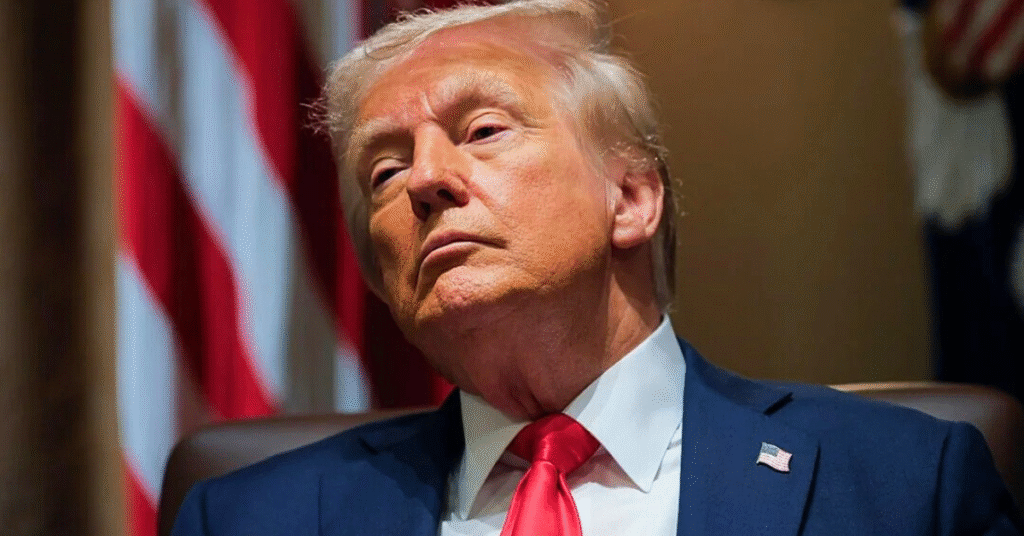
With midterms just a year away, the pressure is on. The Trump administration has scored wins in foreign policy, but domestic priorities like the economy need sharper attention.
Voters in these recent elections seemed more tuned into pocketbook issues than global affairs, suggesting a pivot could help rally the base.
Northeastern University’s analysis of a unified government under Trump outlines potential reforms in areas like immigration and healthcare but stresses the need for party solidarity to push them through.
If Republicans can align on these, they might avoid the gridlock of investigations and stalemates that plagued past terms. Public trust in elections has also rebounded among Republicans post-2024, according to a New York Times study, with overall confidence higher than since 2020.
This renewed faith could translate into better voter engagement if the party presents a united front.
What Unity Could Look Like Moving Forward
Imagine a GOP where moderates and populists collaborate on economic agendas that benefit everyone—from tax cuts to infrastructure.
Local races could benefit from national-level support, ensuring candidates reflect a broad coalition rather than narrow interests.
Historical parallels show it’s possible. Even in times of disarray, like after midterms in previous cycles, Republicans have regrouped around shared victories.
As the Washington Post observed in a 2023 piece, despite internal chaos, the party often advances policy when united.
Tuesday’s results, while a wake-up call, don’t spell doom. They’re a reminder that strength comes from togetherness.
If the GOP seizes this chance to unite, focusing on what binds them rather than what divides, they could turn potential vulnerabilities into lasting advantages. The road to the midterms starts now—will they walk it as one?
Also Read: A DOJ Whistleblower Now Makes Revelation That Undermines the Judicial System’s Integrity


